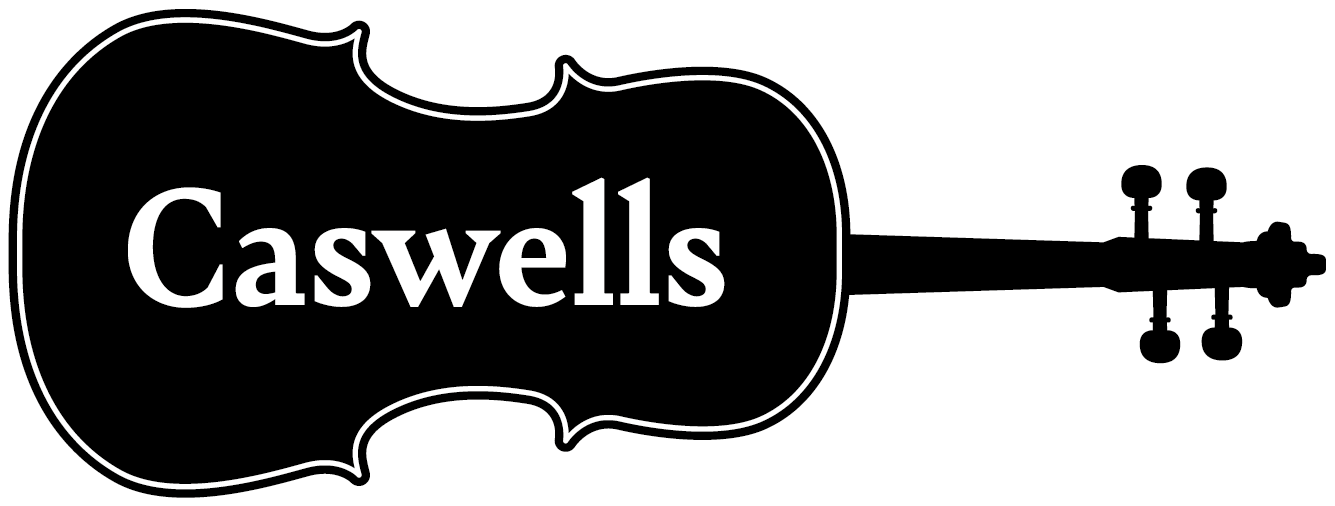
Help! Which strings do I need?
There are currently quite a number of brands, string types and tensions. But which strings are the best for me? Or, to be more precise, which strings are the best for your instrument? There is not one clear answer to this question, but with this short guide we can hopefully guide you to what will most likely be the most suitable.
Strings for string instrument can roughly be subdivided into three types – those with a gut core, those with a synthetic core and those with a steel core.
We will be covering the three categories in more depth over the course of the next three weeks.
Strings with a STEEL core
In days of yore, the only strings available were the old-time favourite gut strings (literally made of animal guts or the intestine of sheep, goats and even cows!) The sound produced was warm with many beautious overtones. There are advantages and disadvantages of gut which we will discuss in a later article, rather concentrating now on the Steelcore strings used by most students today.
Strings with a steel core and wound with various metal coverings are primarily used by student players, but also by jazz and folk musicians, and for electric instruments. First introduced in the early 20th century they have been constantly refined and improved using better winding of precious metals, to improve the tone.
Somewhat generalising, metal core strings have an open, brilliant sound that is less complex than either synthetic core strings or true gut strings. Steel core strings can be had at the cheaper end of the price range, with the exception of the more modern examples where different metals such as silver, aluminium, chrome steel and complex alloys are used.
In summary, the advantages of modern steel core are bright, projecting sound; a short break in period; unaffected by temperature or humidity changes; fast clear and easy sound production.
Advantages of metal core strings:
- Powerful, projecting sound
- Very short break in period
- Very stable and not affected by temperature or humidity changes
- Usually cheaper than synthetic and gut core strings
- Easy to play: very fast and clear response
- Usually long lasting
Disadvantages of metal core strings:
- Far less complex/colourful sound than a synthetic core
- The cheapest metal strings might produce a rather shrill sound
- Difficult to make sound variations
Metal core strings are ideal for:
- Instruments that sound “closed” and need more power
- String players that are looking for more volume
- Students, due to the often lower prices and long lasting materials
- Alternative genres musicians: folk, jazz and electrical instruments
Most popular Steel core strings (this is not exhaustive):
- Astrea – budget string
- Dogal – Very popular entry leve;
- Chromcor – Violin, Viola and Cello
- Evah Pirazzi – Cello
- Evah Pirazzi Soloist – Cello
- Evah Pirazzi Gold – Cello
- Flexocor – Cello
- Perpetual – Cello
- Piranito – Violin, Viola and Cello – cheapest metal strings of Pirastro and therefore often used for students and on smaller instruments. A very good choice
- Belcanto – viola and cello
- Belcanto Gold – cello
- Precision – Violin, viola and cello
- Spirocore – Violin, viola and cello
- Superflexible – Violin, viola and cello
- Versum – Cello
- Larsen – Cello
- Larsen Soloist – Cello
- Magnacore – Cello
- Larsen Crown – Cello



